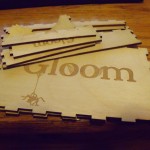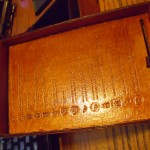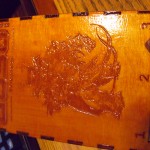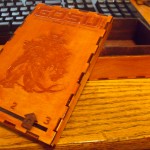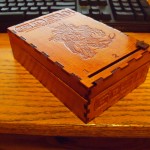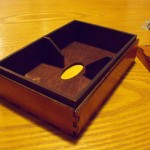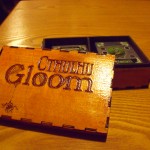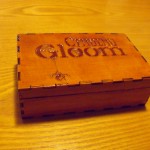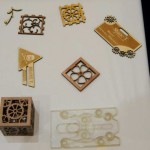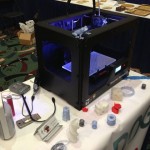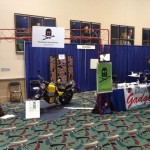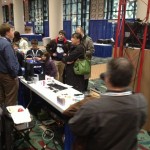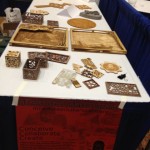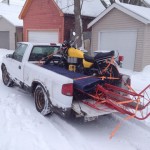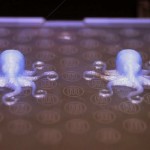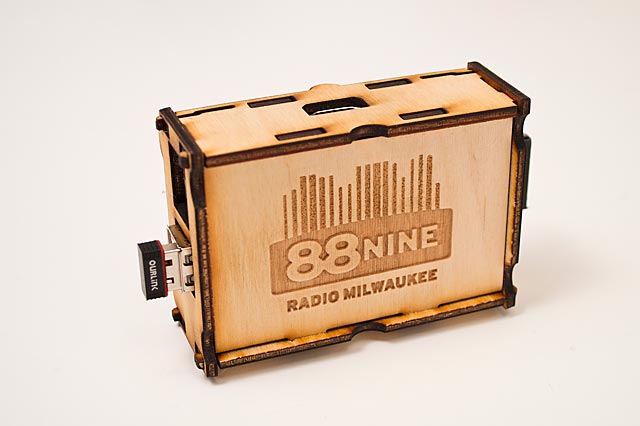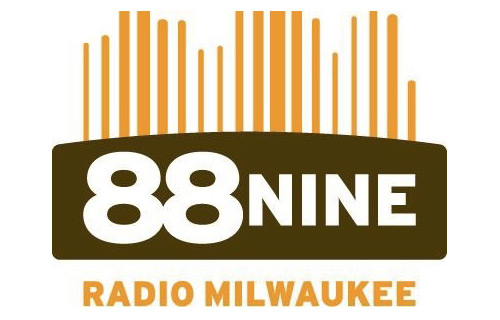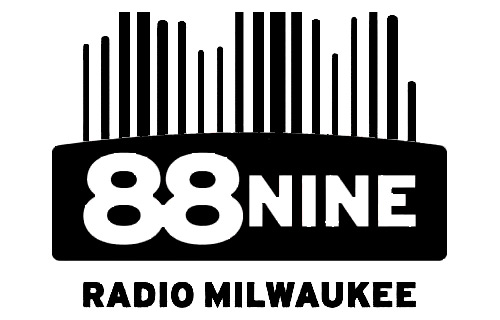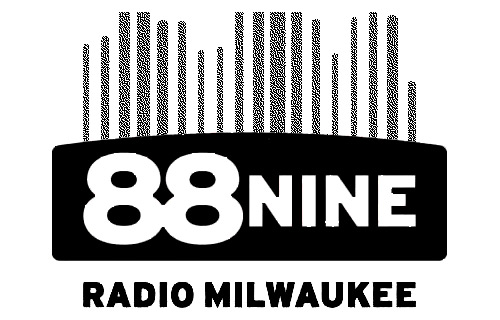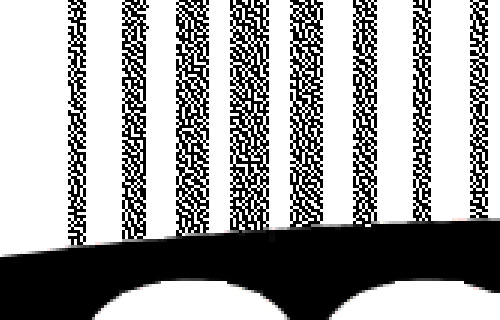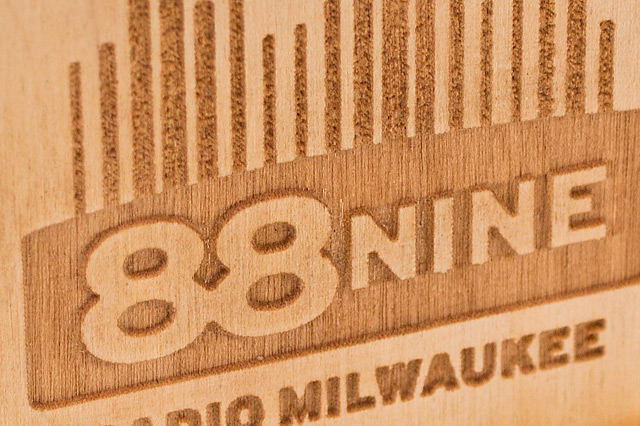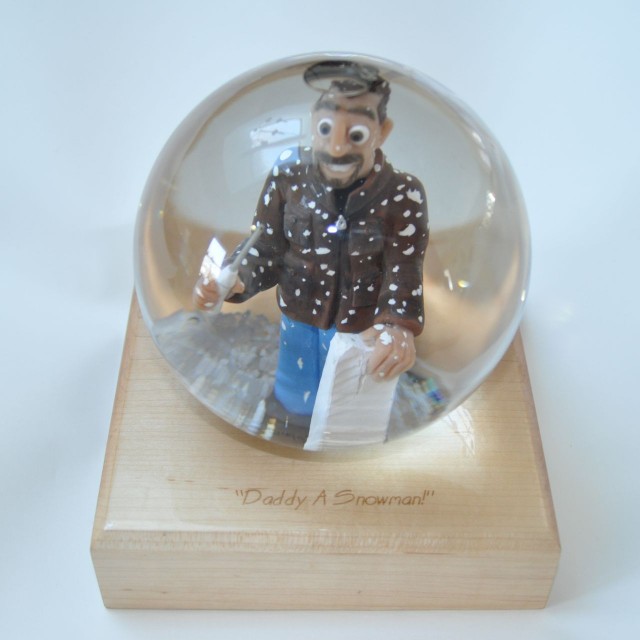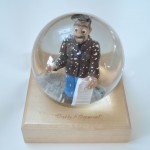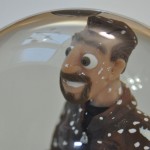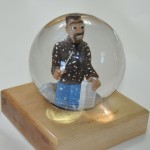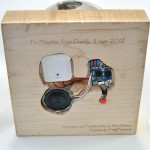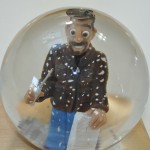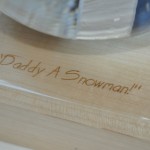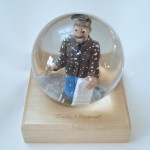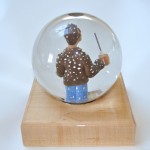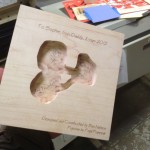With Tabletop Day approaching and my great affinity for complicated rules attached to cardboard (see picture on left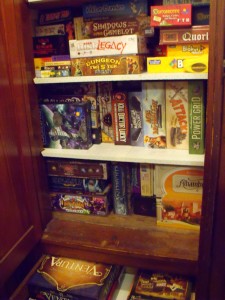 of what should be my linen closet) I thought it would be the perfect time to work on a few projects to improve some games that I much enjoy. On top of some other, smaller things I decided that the boxes that come with a great majority of card games are kind of worthless. Take for example. Gloom. A fantastic game in which you try to make your family as miserable as possible before killing them off in horrid ways all the time trying to make your opponents family happy so they cannot do the same (I realize I sound crazy but if you come down to the MakerSpace this Saturday I will have it so you should give it a shot. It really is fantastic). While the game is fantastic it came in was one of those that has the bump of cardboard in the middle between the two stacks of cards that is supposedly, in some fantasy universe where cards have different physics than everything else, supposed to keep them separate. This never works and the box usually breaks fairly quickly.
of what should be my linen closet) I thought it would be the perfect time to work on a few projects to improve some games that I much enjoy. On top of some other, smaller things I decided that the boxes that come with a great majority of card games are kind of worthless. Take for example. Gloom. A fantastic game in which you try to make your family as miserable as possible before killing them off in horrid ways all the time trying to make your opponents family happy so they cannot do the same (I realize I sound crazy but if you come down to the MakerSpace this Saturday I will have it so you should give it a shot. It really is fantastic). While the game is fantastic it came in was one of those that has the bump of cardboard in the middle between the two stacks of cards that is supposedly, in some fantasy universe where cards have different physics than everything else, supposed to keep them separate. This never works and the box usually breaks fairly quickly.
Being utterly fed-up with these boxes I decided to make my own for 3 games. Gloom, Cthulhu Gloom, and GOSU: Tactics. With the first two this also has the added benefit of being able to make the box large enough that I can fit expansions in with the base game and in the case of GOSU it is an opportunity to make a box that better fits sleeved cards and add a 3 turn counter to keep track of the round after the pass (If you have played GOSU you know it can get a little hazy when some people are taking a whole slew of turns per round).
After some playing with Inkscape, cutting out the first one on the laser cutter, realizing I suck at measuring, cutting things again, some gluing, and several layers of shellac later I had a few new boxes.
I had several people ask me how it was that I achieved this look on Baltic birch plywood so I thought I would go over that quickly. The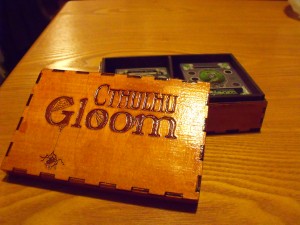
inner part was just rag stained with some dark Minwax stain (I think it was Red Mahogany) so nothing special there but it adds a nice contrast to the lighter outside I feel. The outside is an amber shellac. I just applied 5-6 coats with a heavy sanding between the first two and a very light sanding between the rest. Nothing too exciting but it really makes this plain wood look pretty decent.
